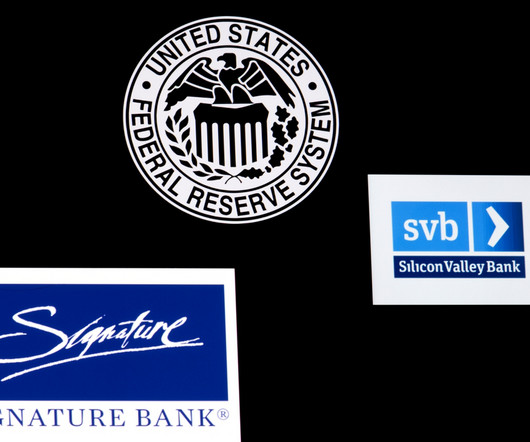How to Choose a Hedge Provider as a Bank
South State Correspondent
AUGUST 21, 2022
Lending Discipline: Hedging programs make loan pricing more transparent and force bankers to exercise sensible pricing methodologies. Second, community banks should use FDIC-insured institutions as hedge providers, and the hedges must be structured as qualified financial contracts (QFC).














Let's personalize your content